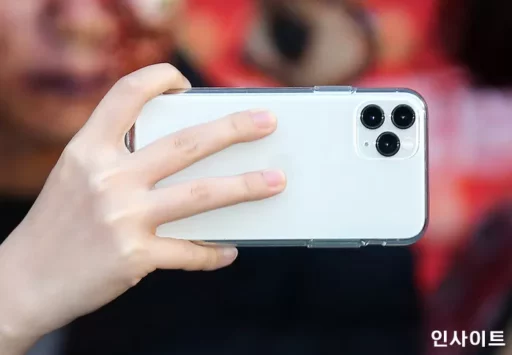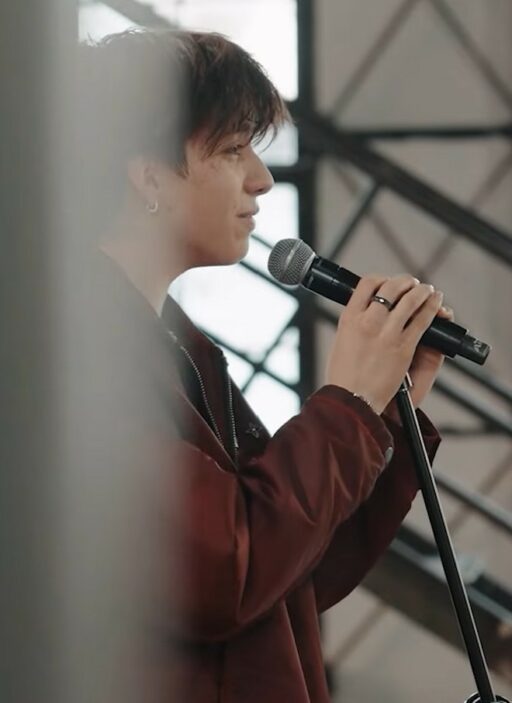The old iPhone, popular among the MZ generation, confirmed to be 99.4% counterfeit products
As the demand for old iPhones for photography is rising among the MZ generation, a large influx of counterfeit products assembled with fake parts made in China has entered the domestic market.
According to investigations by customs authorities, a staggering 99.4% of the detected products were found to be counterfeit with a trademark infringement ruling.
99.4% were found to be trademark infringements

On the 14th, the Incheon Pyeongtaek Customs announced, "As overseas direct purchases of old iPhones have increased, illegal products are being imported in the form of maritime express cargo, prompting us to strengthen customs procedures for the protection of domestic consumers."
Customs authorities conducted a thorough investigation into potential intellectual property rights violations for 1,116 iPhones that entered the Pyeongtaek Customs Express Logistics Center from China between March 4 and 24.
Notably, this investigation featured experts from Apple visiting the Pyeongtaek Customs Express Logistics Center to conduct on-site evaluations.
iPhone SE, popular as a secondary phone, confirmed to be entirely counterfeit
The results of the investigation were shocking. A total of 1,110 units, which represent 99.4% of the entire surveyed quantity, were deemed to infringe on trademark rights.
In particular, the iPhone SE model, which has gained popularity as a "secondary phone" among the MZ generation, was confirmed to be a counterfeit product made by reassembling using non-standard parts, with 100% of the units infringing on trademark rights.
100% of the units were confirmed to be counterfeit products infringing on trademark rights

Recently, photographs taken with old iPhones have gained popularity on social media under keywords such as 'film camera' and 'emotional shots', leading to an increase in consumers seeking to purchase old iPhones at low prices. Illegal vendors are exploiting this demand by distributing counterfeit products assembled with fake parts from China in large quantities.
Given the increase in counterfeit goods entering the market through e-commerce, customs authorities announced plans to strengthen customs inspections and to withhold clearly counterfeit goods from clearance by their own authority.
A customs official emphasized, "Products that are significantly cheaper than official prices when sold outside official shopping malls are likely to be counterfeit, thus consumers need to exercise special caution."
Image source: Photos = Pyeongtaek Customs, resource photos for understanding the article / Photos = Insight


